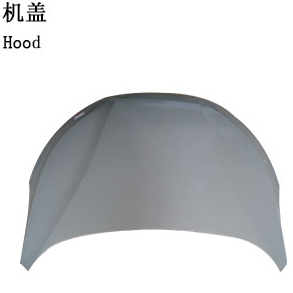Importance of automotive stamping parts:
If it doesn't reach the accuracy, one is that the automotive stamping parts can't be used, even if it can be used, but it can't reach its own performance, and there is a great danger. Next, the stamping parts should reach a good hardness, of course, this has a lot to do with its production materials.
Automobile is a heavy industry, so its requirements on hardness must be met. Otherwise, the whole automobile can not meet its quality requirements. Automobile stamping parts remind that there is another point at last, stamping parts must meet its requirements on wear resistance, which is often related to its service life, so it is also a very important requirement.

Generally speaking, in the inspection of automobile stamping parts, the problem of hidden crack (also known as hidden crack, and the professional name should be necking) and crack still depends on visual inspection, feeling and prevention, which requires some experience accumulation:
It is not necessary to say that the cracking of automobile stamping parts is obvious, that is, the necking is difficult to be detected. First, understand the mechanism of material deformation. The process of material stretching and plastic deformation is mainly composed of three stages: uniform elongation stage, local elongation stage and cracking stage. The uniform elongation stage is the ideal stage of material length direction, while the thickness direction is uniform thinning and the surface is uniform The quality is good, smooth and the original roughness of the material has no obvious change, which is almost imperceptible to the naked eye. At the local elongation stage, the material is basically close to the elongation limit.
At this time, the elongation is mainly achieved through local violent and rapid deformation, so that the length direction is extended while the thickness direction is sharply reduced. Due to the insufficient flow of materials, rough surface and obvious particle sense, the naked eye looks like orange peel, the closer it is to the cracked surface, the rougher it is, and with the increase of necking degree, the surface will show a gray white, These two features are quite obvious. Of course, the relationship between them and the material thickness needs to be summed up in the actual experience. The method is to do the cutting test, cut the parts with different phenomenon degrees, and then measure the thinning degree. Focus on and manage the places prone to cracking.
Copyright By © Jiangsu Halreal Vehicle Industry Co., Ltd. Powered by Yicheng Network